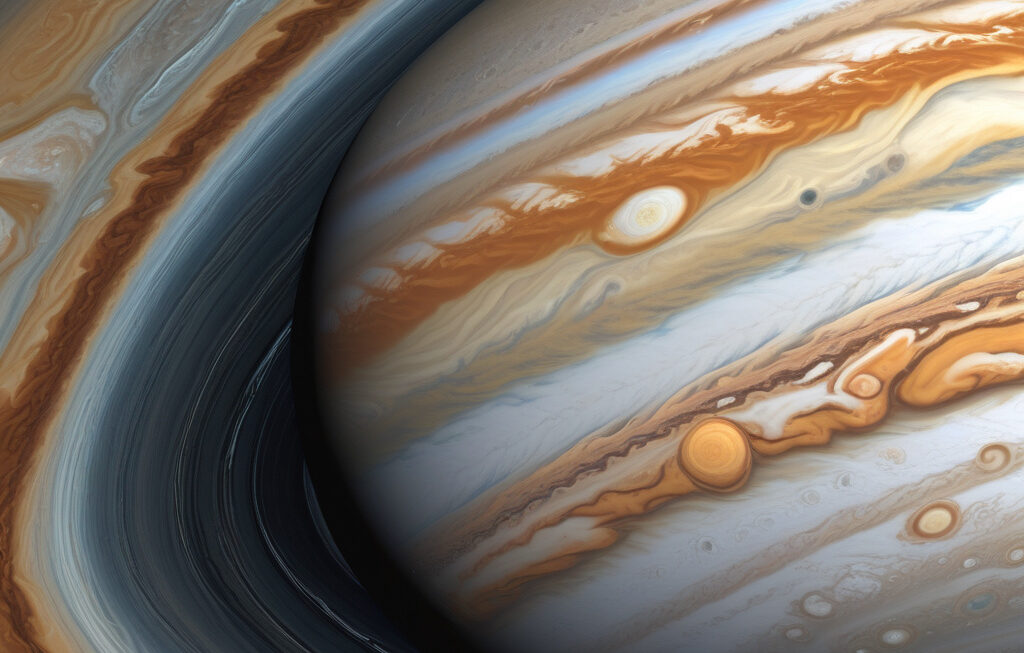9 Million Olympic Pools of Ice Vanishing Each Year: Shifting Monsoons Fuel Glacier Melt
Glaciers across High Mountain Asia are disappearing at an alarming rate, with more than 22,000 glaciers in this region losing a massive 8 billion tons of ice annually. To put this staggering amount into perspective, it is equivalent to about 9 million Olympic-sized swimming pools of ice melting away each year. This rapid ice loss is primarily driven by the shifting patterns of monsoons, which are being influenced by climate change.
The Himalayas, Karakoram, Pamir, Hindu Kush, and other mountain ranges in High Mountain Asia are home to some of the largest reservoirs of ice outside the polar regions. These glaciers are critical sources of freshwater for millions of people living in the region, providing water for drinking, agriculture, and hydropower generation. However, as temperatures rise and weather patterns become increasingly erratic, these glaciers are melting at an unprecedented pace.
The monsoon season plays a crucial role in the water cycle of the region, supplying much-needed precipitation for the glaciers to maintain their mass balance. However, climate change is causing shifts in the timing, intensity, and duration of the monsoons, leading to changes in the amount of snowfall and rain that replenish the glaciers. As a result, many glaciers are experiencing negative mass balances, where they are losing more ice through melting and calving than they are gaining through snowfall.
The consequences of this rapid glacier melt are far-reaching and severe. Apart from the immediate impact on water availability for communities downstream, the loss of glaciers also contributes to sea-level rise, changes in river flow patterns, and increased risk of glacial lake outburst floods. These phenomena pose significant challenges for both the environment and the people who depend on glacier-fed rivers for their livelihoods.
Efforts to mitigate the impacts of glacier melt in High Mountain Asia are underway, with scientists, policymakers, and local communities working together to find solutions. These include measures such as improving water management practices, promoting sustainable agriculture, and developing early warning systems for natural disasters. Additionally, reducing greenhouse gas emissions to slow the rate of climate change is crucial to preserving the remaining glaciers in the region.
In conclusion, the rapid disappearance of glaciers across High Mountain Asia, equivalent to 9 million Olympic pools of ice vanishing each year, is a stark reminder of the urgent need to address climate change. By understanding the role of shifting monsoons in fueling glacier melt and taking concrete actions to reduce our carbon footprint, we can help protect these vital freshwater resources for future generations.
#GlacierMelt, #ClimateChange, #MonsoonShift, #HighMountainAsia, #WaterSecurity












